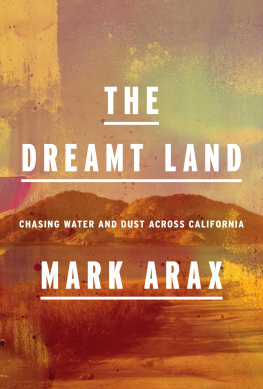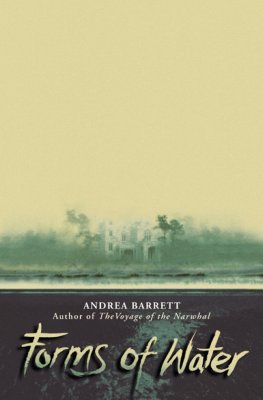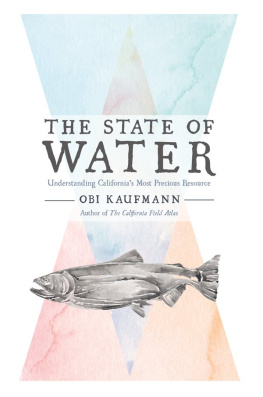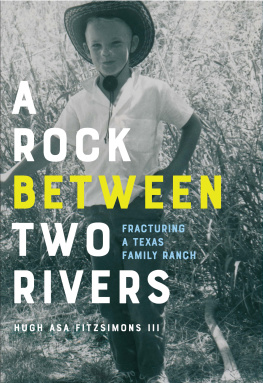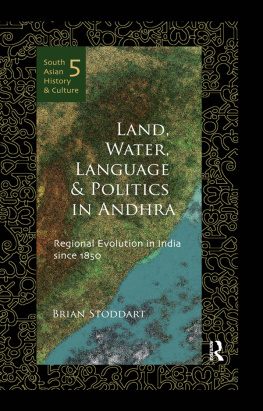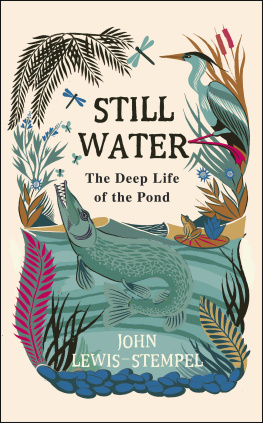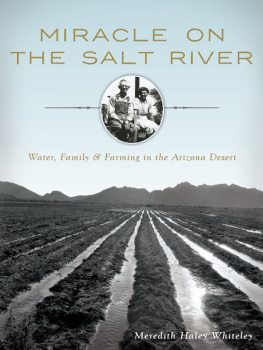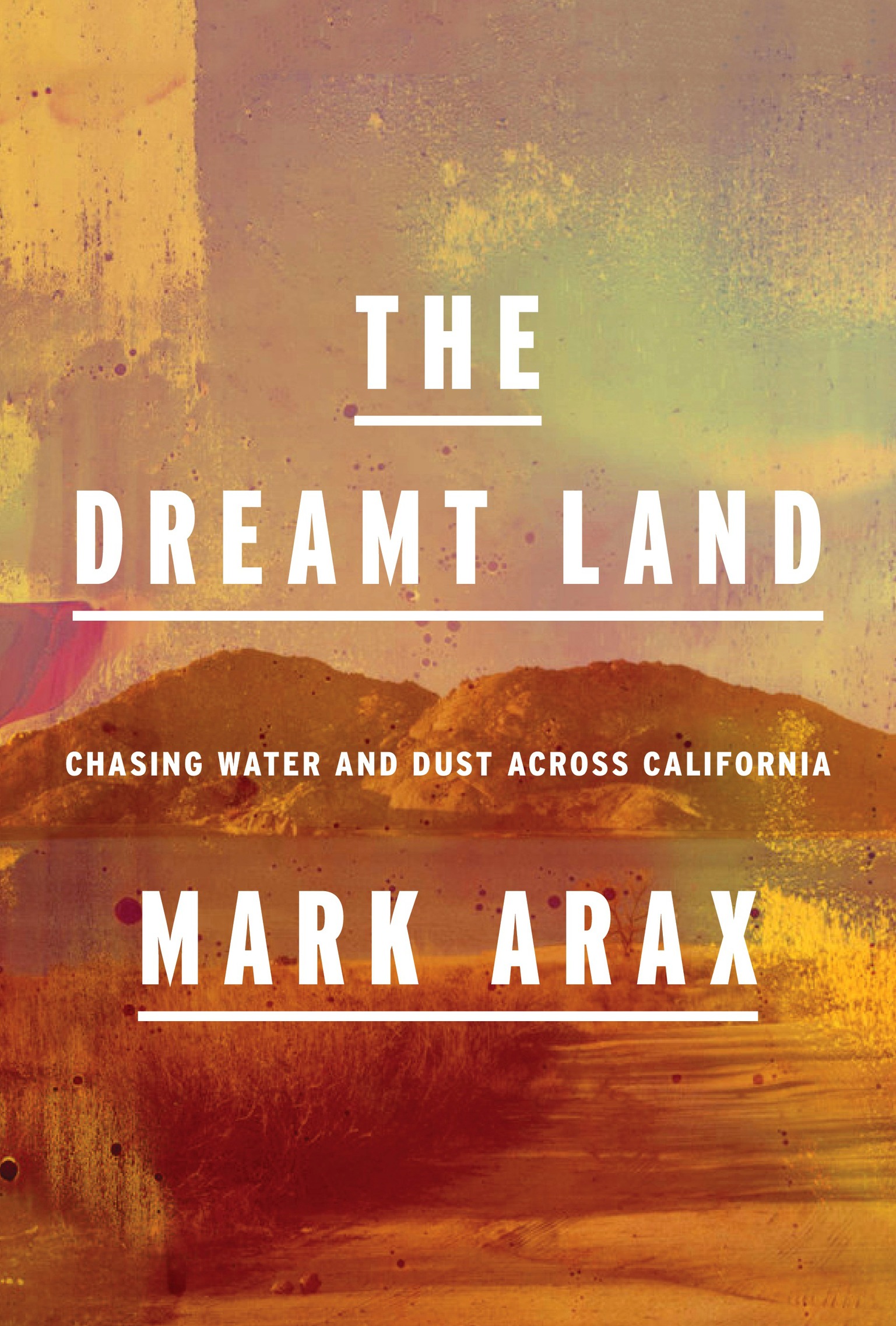Also by Mark Arax
West of the West
The King of California (with Rick Wartzman)
In My Fathers Name
THIS IS A BORZOI BOOK PUBLISHED BY ALFRED A. KNOPF
Copyright 2019 by Mark Arax
All rights reserved. Published in the United States by Alfred A. Knopf, a division of Penguin Random House LLC, New York, and distributed in Canada by Penguin Random House Canada Limited, Toronto.
www.aaknopf.com
Knopf, Borzoi Books, and the colophon are registered trademarks of Penguin Random House LLC.
Portions of this work originally appeared, in slightly different form, in The California Sunday Magazine: Singed first appeared as Dry on January 4, 2015. Kingdom of Wonderful first appeared as A Kingdom from Dust on January 31, 2018.
Library of Congress Cataloging-in-Publication Data
Names: Arax, Mark, author.
Title: The dreamt land : chasing water and dust across California / Mark Arax.
Description: First edition. | New York : Alfred A. Knopf, 2019. | Includes bibliographical references and index.
Identifiers: LCCN 2018048481 (print) | LCCN 2018057714 (ebook) | ISBN 9781101875216 (ebook) | ISBN 9781101875209 (hardcover)
Subjects: LCSH : Water resources developmentCaliforniaHistory. | Water-supplyCaliforniaHistory. | BISAC : NATURE / Natural Resources. | HI STORY / United States / State & Local / West (AK, CA, CO, HI, ID, MT, V, UT, WY). | POLITICAL SCIENCE / Public Policy / Environmental Policy.
Classification: LCC HD 1694. C 2 (ebook) | LCC HD 1694. C 2 A 24 2019 (print) | DDC .91009794dc23
LC record available at https://lccn.loc.gov/2018048481
Ebook ISBN9781101875216
Cover art courtesy of Matthew Brandt
Cover design by Janet Hansen
Map by Mapping Specialists
v5.4_r1
ep
Where eyes become the sunlight, and the hand
Is worthy of water: the dreamt land
Toward which all hungers leap, all pleasures pass.
from Richard Wilburs A Baroque Wall-Fountain in the Villa Sciarra
CONTENTS
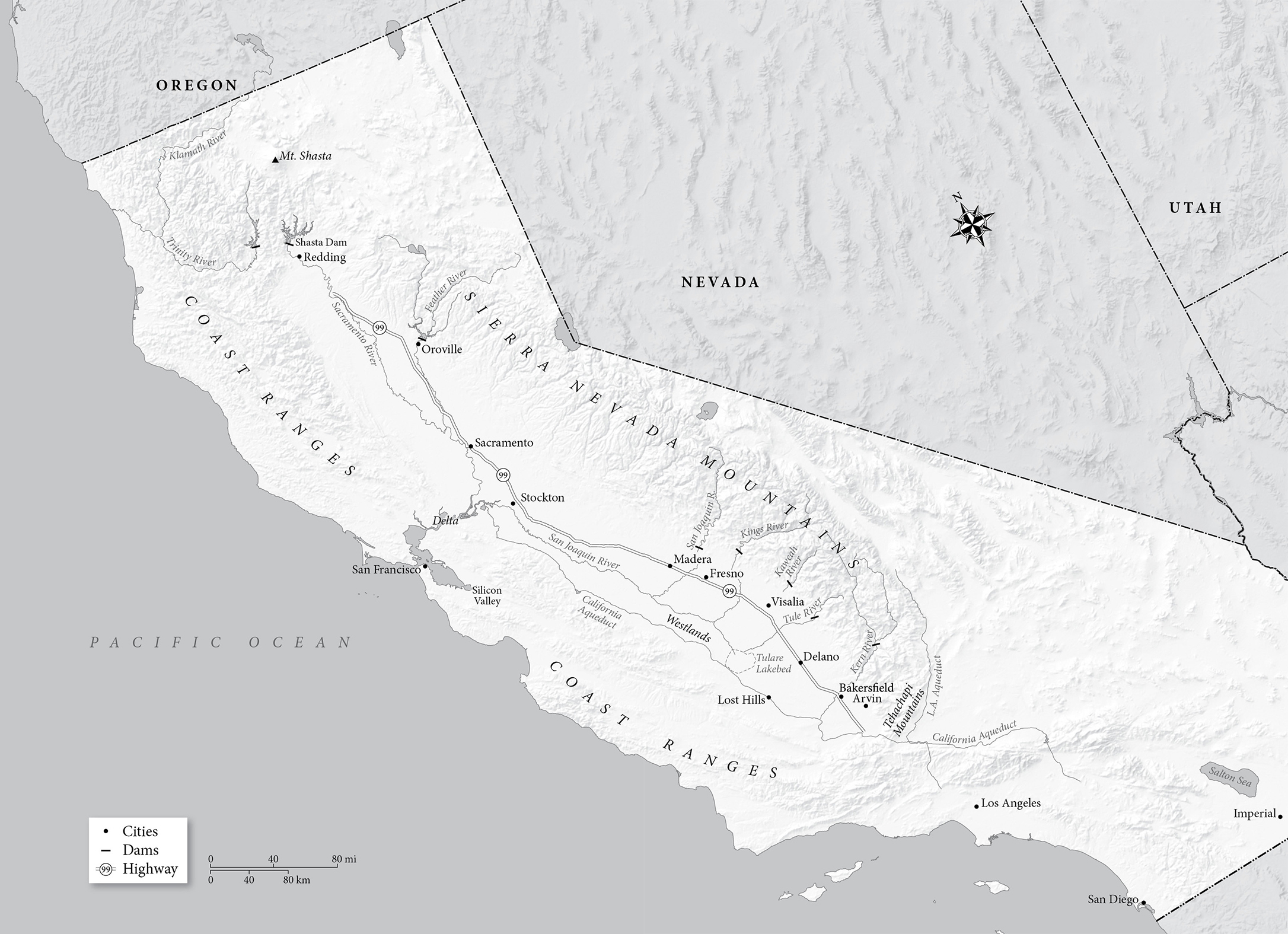
Kern River, dry as a bone, slices through Bakersfield
On a summer day in the San Joaquin Valley, 101 in the shade, I merge onto Highway 99 past downtown Fresno and steer through the vibrations of heat. Im headed to the valleys deep south, to a little farmworker town in a far corner of Kern County called Lost Hills. This is where the biggest farmer in Americathe one whose mad plantings of almonds and pistachios have triggered Californias nut rushkeeps on growing, no matter drought or flood. He doesnt live in Lost Hills. He lives in Beverly Hills. How has he managed to outwit nature for so long?
The GPS tells me to take Interstate 5, the fastest route through the belly of the state, but Im partial to Highway 99, the old road that brought the Okies and Mexicans to the fields and deposited a twang on my Armenian tongue. Ninety-nine runs two lanes here, three lanes there, through miles of agriculture broken every twenty minutes by fast food, gas station and cheap motel. Tracts of houses, Californias last affordable dream, civilize three or four exits, and then its back to the open road splattered with the guts and feathers of chickens that jumped ship on the slaughterhouse drive. Pink and white oleanders divide the highway, and every third vehicle that whooshes by is a big rig. More often than not, it is hauling away some piece of the valleys unbroken bounty. The harvest begins in January with one type of mandarin and ends in December with another type of mandarin, and in between comes everything in your supermarket produce and dairy aisles except for bananas and mangoes, though the farmers here are working on the tropical, too.
I stick to the left lane and stay ahead of the pack. The big-rig drivers are cranky two ways, and the farmworkers in their last-leg vans are half asleep. Ninety-nine is the deadliest highway in America. Deadly in the rush of harvest, deadly in the quiet of fog, deadly in the blur of Saturday nights when the fieldwork is done and the beer drinking becomes a second humiliation. Twenty miles outside Fresno, I cross the Kings, the river that irrigates more farmland than any other river here. The Kings is bone-dry as usual. To find its flow, Id have to go looking in a thousand irrigation ditches in the fields beyond.
Theres a mountain range to my left and a mountain range to my right and in between a plain flatter than Kansas where crop and sky meet. One of the most dramatic alterations of the earths surface in human history took place here. The hillocks that existed back in Yokut Indian days were flattened by a hunk of metal called the Fresno Scraper. Every river busting out of the Sierra was bent sideways, if not backward, by a bulwark of ditches, levees, canals and dams. The farmer corralled the snowmelt and erased the valley, its desert and marsh. He leveled its hog wallows, denuded its salt brush and killed the last of its mustang, antelope and tule elk. He emptied the sky of tens of millions of geese and drained the eight hundred square miles of Tulare Lake dry.
He did this first in the name of wheat, then beef, milk, raisins, cotton and nuts. Once he finished grabbing the flow of the five rivers that ran across the plain, he used his turbine pumps to seize the water beneath the ground. As he bled the aquifer dry, he called on the government to bring him an even mightier river from afar. Down the great aqueduct, by freight of politics and gravity, came the excess waters of the Sacramento River. The farmer commanded the distant flow. The more water he took, the more crops he planted, and the more crops he planted, the more water he needed to plant more crops, and on and on. One million acres of the valley floor, greater than the size of Rhode Island, are now covered in almond trees.
I pity the outsider trying to make sense of it. My grandfather, a survivor of the Armenian Genocide, traveled seven thousand miles by ship and train in 1920 to find out if his uncles exhortationThe grapes here are the size of jade eggswas true. My father, born in a vineyard outside Fresno, was a raisin grower before he became a bar owner. I grew up in the suburbs where our playgrounds were named after the pioneers of fruit and irrigation canals shot through our neighborhoods to farms we did not know. For half my life, I never stopped to wonder: How much was magic? How much was plunder?
Im going to Kern County, just shy of the Tehachapi Mountains, to figure out how the big farmers, led by the biggest one of them all, are not only keeping alive their orchards and vineyards during the worst drought in Californias recorded history but planting more almonds (79,000 acres), more pistachios (73,000 acres), more grapes (35,000 acres) and more mandarin oranges (13,000 acres). Its a July day in 2016, five years into the dry spell, and the delirium that has gripped the growers, by far the biggest users of water in the state, shows no sign of letting go. Even as the supplies of federal and state water have dropped to zero one year and near zero the next year, agriculture in Kern County keeps chugging along, growing more intensive. The new plantings arent cotton, alfalfa or carrots, the crops a farmer can decide not to seed when water becomes scarce. These are trees and vines cultivated in nurseries and put into the ground at a cost of ten thousand dollars an acre to satisfy the worlds growing appetite for nuts and fruits.

